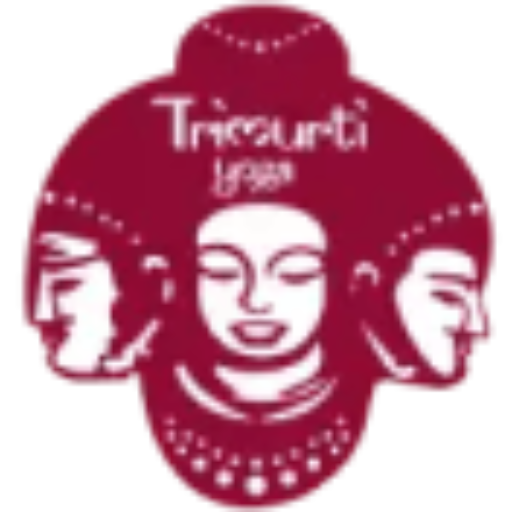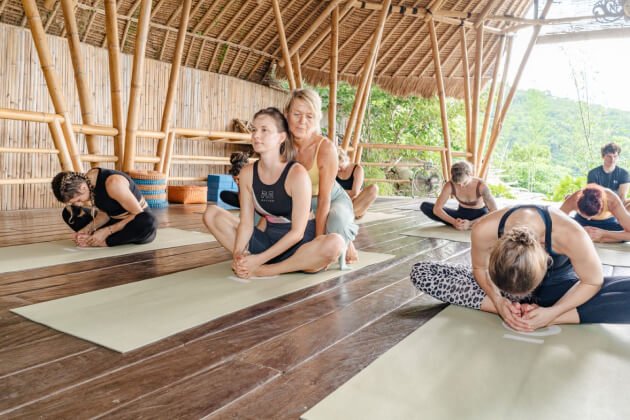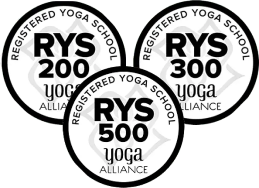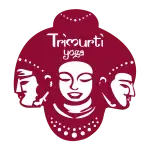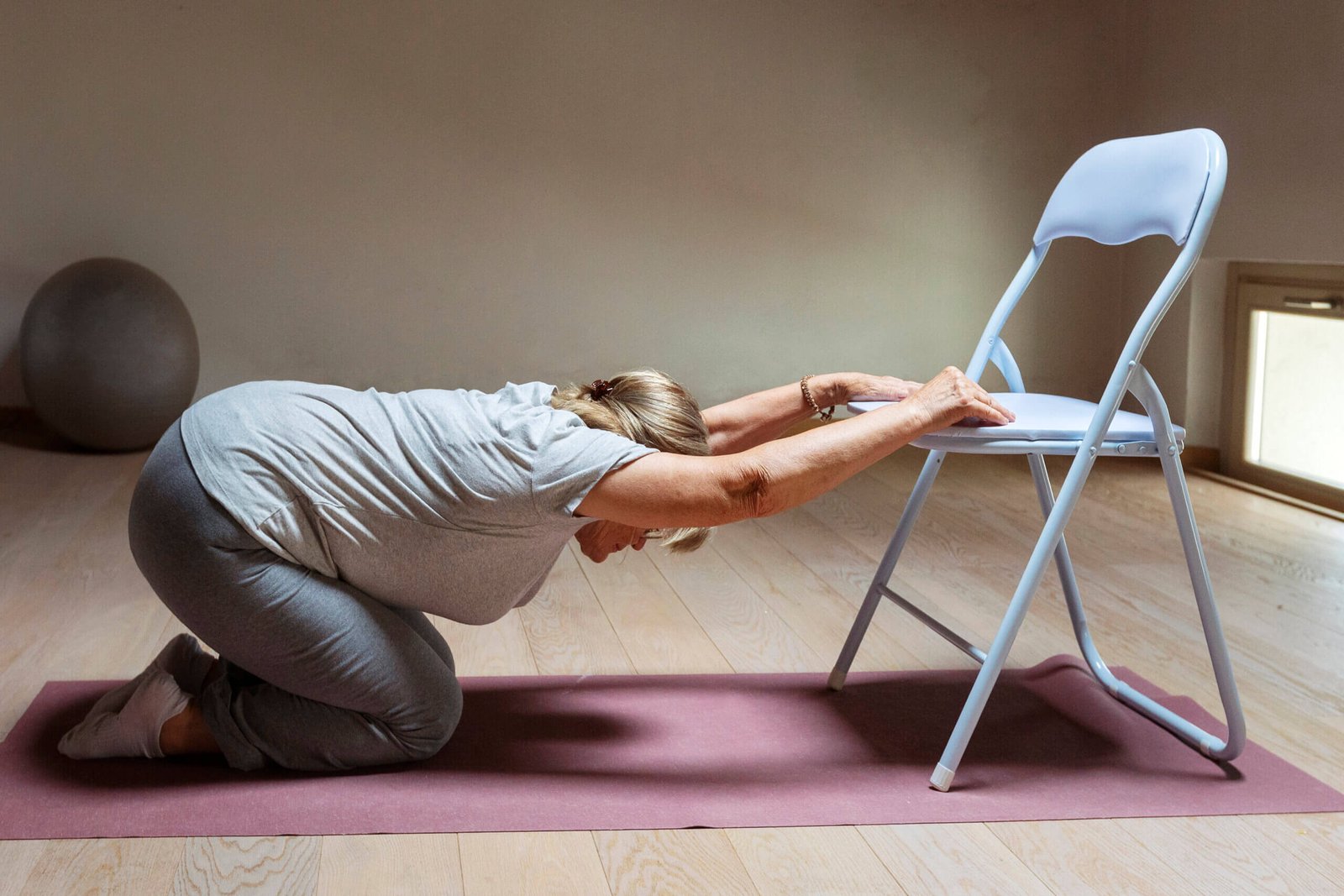
You can start with chair yoga if you’re new to yoga and don’t want to try out difficult yoga poses. Chair yoga might be an excellent substitute for individuals who find regular yoga to be too challenging. In this article, we are going to discuss Chair Yoga, its benefits, and poses. So, without any further ado, let’s just get going.
Table of Contents
ToggleWhat Is Chair Yoga?
Chair yoga is an easy style of yoga practiced while seated or supported by a chair to enhance accessibility. Chair yoga allows you to perform sitting positions like sun salutations, warrior poses, cat/cow poses, and forward folds.
Chair yoga is a simplified form of yoga where you perform poses while sitting or leaning against a chair for support. This type of yoga was created in 1982 by yoga teacher Lakshmi Voelker-Binder as an accessible choice for an arthritis-affected student. The same physical postures (asanas), breathing exercises (pranayama), and meditation (dyana) that are found in conventional yoga are also included in chair yoga. However, the gentle practice adjusts common yoga postures so that you can perform them while standing and using a chair for balance, or while sitting in a chair.
Benefits Of Chair Yoga
You will experience a sense of comfort and relaxation through your body as soon as you start doing chair yoga. You’ll eventually notice that the tension that has been affecting your joints and muscles starts to loosen up, making it possible for you to perform your daily tasks.
You can benefit from the numerous advantages yoga offers, including improved circulation, a sense of well-being, and reductions in blood pressure, anxiety, inflammation, and chronic pain, by using your chair for seated or balancing poses.
Chair yoga has the same health advantages as regular yoga, including stress and depression relief as well as improved strength, flexibility, and balance. Chair yoga is an easy and therapeutic type of yoga that is commonly suggested for seniors, chair yoga for seniors is suggested because it places less strain on joints. The additional support that chair yoga provides may also be beneficial to persons who use wheelchairs or have physical limitations. Chair yoga could be helpful for several medical issues. Additionally, it works well for a variety of age groups. Some of the benefits of Chair Yoga are as follows:
Improved Flexibility And Balance
Health and well-being need to maintain flexibility and balance. It can lower your chance of injury and support your continued independence as you get older. This is important because each year, 3 million older persons visit emergency rooms due to injuries sustained from falls.
Enhanced Strength And Muscle Tone
Practicing traditional yoga can help people of all ages become stronger. Chair yoga can support the growth and maintenance of muscle strength in older persons. It is also observed that chair-based exercise enhances the functionality of the upper and lower bodies. Because muscle mass decreases with aging, this is common for older persons to have a loss of function and strength along with that decrease.
Decreased Chronic Pain
About 7% of adults deal with chronic pain that interferes with their day-to-day activities. According to ongoing studies, yoga may be a useful substitute for prescription drugs in the treatment of chronic pain. For instance, a study found that older persons with osteoarthritis may experience less pain and exhaustion when they practice chair yoga.
Improved Emotional State And Mental Health
Yoga has the potential to improve mental health by reducing anxiety and elevating mood. This yoga pose provides relief from stress, improved mood, and fewer panic attacks. Individuals who practice chair yoga have improved social well-being, physical function, and general health.
Enhanced Self-Awareness
Flowing from one yoga pose to the next with ease is a common practice. Changing positions enhances your sense of balance. Your coordination increases when you can precisely sense where your body is about other objects.
Less Stress
Yoga naturally incorporates mindfulness. A form of moving meditation that encourages relaxation, lowers stress levels, and enhances mental clarity can be created by paying attention to your movement, your breathing, and how your body is responding to the activity. Seated yoga can help with anxiety and depression relief, mood enhancement, and confidence building just like other types of exercise.
Enhanced Flexibility
Being able to move freely and bend, twist, and stretch is beneficial for purposes other than yoga. It enables you to carry out your necessary tasks and take part in your favorite hobbies. As we grow older by age, our flexibility reduces. Chair yoga is a great way to enhance your range of motion and flexibility at any age by gently challenging your body.
Improved Management Of Long-Term Illnesses
People with long-term medical issues, such as Type 2 diabetes, may find it easier to manage with seated yoga.
Improved Sleep:
Chair yoga is one type of exercise that is frequently linked to improved sleep. Through a mind-body connection, these mindful activities have been shown to improve sleep, lower stress, and headaches, and offer a more positive attitude toward life.
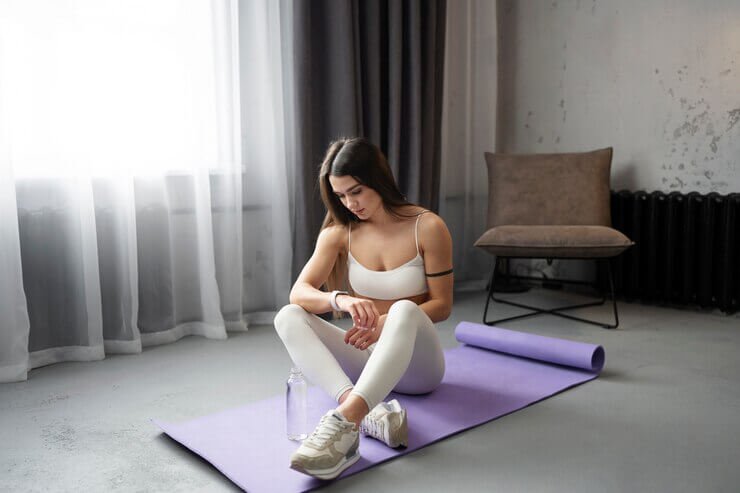
Chair Yoga For Weight Loss
An enjoyable and accessible yoga pose for everyone is chair yoga. It is an excellent choice for persons with physical limitations including multiple sclerosis, cardiovascular illness, and pulmonary disease, yet it may be just as hard as a more traditional yoga practice. With any level of exercise, an individual who is dealing with a health issue can stay motivated and feel accomplished by doing it. It’s also beneficial for people of all ages who wish to try something different.
Chair Yoga Poses
To have better freedom of movement in most chair yoga poses, you must sit forward on the seat, away from the back of the chair. However, the back of the chair can also serve as a support to increase your strength and assistance, particularly when you’re twisting.
Cat Pose (Marjaryasana)
You need to round your back and bring your chin towards your chest at the same time, just like in the more well-known variant of the cat pose performed from hands and knees. This extends the shoulders and enhances spine flexibility.
To do this pose start by placing your feet hip-width apart as you sit in the chair, then keep your hands folded across your knees. As you release air, bend your back and bring your chin up to your chest. Here, take a few deep, calm breaths. As you release your breath, carefully raise your head and take a step back to your starting posture.
Cow Pose (Bitilasana)
The sequence of Cat Pose and Cow Pose that is often instructed on all fours in a yoga class may be familiar to you. This variant, while seated, is still a backbend in which your eyes and chest are raised. It can help you increase your spine’s flexibility, much like Cat Pose.
To do this pose start by placing your feet and knees hip-width apart as you sit in the chair. Place your hands on your knees or thighs. Breathe in and raise your back. To make a long, even curve, lengthen around your lower back and the back of your neck. Expand your collarbones, raise your neck and chin, and let your shoulders drop back and away from your ears. Inhale and exhale multiple times. After that, return to a straight spine after lowering your chin slowly.
Upward Salute Pose (Urdhva Hastasana)
An excellent technique to extend your spine and stretch your arms and shoulders is the upward salute.
To do this yoga pose start by placing your back against the chair’s back a few inches. Stretch your back to the top of your head, then slowly let go of your lower back in the direction of the seat. Bring your chin up to face the floor. Lay your feet flat on the ground, leaving some space between your heels and your big toes to contact. Practice with your feet hip-distance apart if you have lower back pain. Put your feet on blocks if they aren’t touching the ground. Put pressure on your heels, the outside edges of your foot, and the areas on your big toes. Breathe in, round your shoulders, relax your front ribs, and lift your arms up, hands facing each other and your hands shoulder-distance apart. If your shoulders are tense, spread your arms wider than your shoulders. Maintain a straight line of sight while extending your fingers toward the ceiling. You can also look down at your thumbs and touch your palms together. Maintain the strength in your arms. Take a few deep breaths and then return back to the normal position.
Camel Pose (Ustrasana)
This seated form of Camel Pose will stretch and strengthen your shoulders, upper back, and chest.
To do this yoga pose place your feet hip-width apart as you sit in the chair. Take a breath, bend your upper back, and let your shoulder bones rest against the chair’s back. Expand your collarbones, raise your neck and chin, and let your shoulders drop back and away from your ears. Stretch your arms back and grab the chair’s legs if it feels comfortable. Externally rotate your arms such that your elbows interiors face forward. Lift your chest on the next breath to let your rib cage expand and form a long, even curve through your upper and mid back. To work your legs and core, you can place your feet slowly on the ground. Inhale and exhale multiple times. Release your hands, and your chin, and return to your starting seated posture to release the pose.
Extended Triangle Pose (Utthita Trikonasana)
Stretching the legs, hips, lower back, and upper body, the Extended Triangle Pose is an excellent way to release tight muscles from extended periods of sitting. Pay attention to where it feels most comfortable for you to look—straight ahead, at your raised arm, or down at your leg—while paying attention to your body.
Sit with your left leg extended beyond the seat and your body resting on the chair’s left side. Set your left leg straight and out to the side. As much as you can, straighten your leg and tighten your thigh. Taking a breath, extend your arms straight from your shoulders and keep them parallel to the ground. Maintain a wide shoulder width and palms down. Breathe out, bend at the hips, and tilt your lower body to the left. Placing your left hand on your thigh, extend your left arm outward and down towards your extended leg. Lift your right arm and extend it upwards.
Maintain a normal head posture or shift your gaze to your right hand or the ground. Inhale and exhale multiple times. Breathe in and return to a seated position. After shifting to the right side of your chair, repeat the posture on the other side.
Bound Angle Pose (Baddha Konasana)
If maintaining your feet closer to the chair feels too intense, you can get a less intense stretch by moving your feet farther away from you in Bound Angle Pose. To support your buttocks while allowing your knees to clear the seat, sit closer to the front edge of the chair.
Spread your legs apart so that your knees are pointing in different directions. To raise through your neck, sit up straight and press your shoulder bones on your upper back. Elevate your head so that it looks at the ceiling. As you draw your feet together, maintain a wide knee posture. Keeping the outer borders of your feet together, open your feet slowly. Press your hands against your thighs to gently separate them from one another. Inhale and exhale multiple times. Release slowly and return to your starting seated position.
Half Lord of the Fishes (Ardha Matsyendrasana)
Lengthening your spine, Half Lord of the Fishes stretches your outer thighs and hips. Take several breaths and twist until you feel a stretch. To ensure that you have complete support on the seat, sit with your back to the chair’s side.
To do this yoga pose start by folding your left leg over the right leg. Breathe deeply as you raise both arms towards the ceiling and extend your spine. Breathe out, spin to the right, and reach down to grab the chair’s back with your hands. Look over your right shoulder and turn your head to the right. Inhale and exhale multiple times. Take a breath, raise your arms, and then release the pose by relaxing your body. Put both of your feet on the ground. Repeat the position while facing the left side of the chair.
Conclusion
Chair yoga is a popular form of yoga where poses are done sitting down and, or with the support of a chair. Chair yoga is usually preferred for senior seniors old men and women and children who find regular yoga sessions too difficult or for individuals with physical limitations. For beginners or anyone wishing to concentrate on gentle practice, it’s also an excellent kind of yoga.
We Also Provide These Courses:

